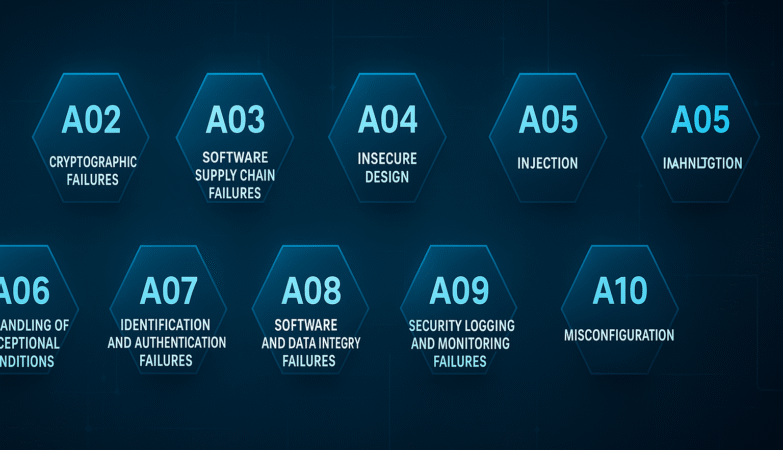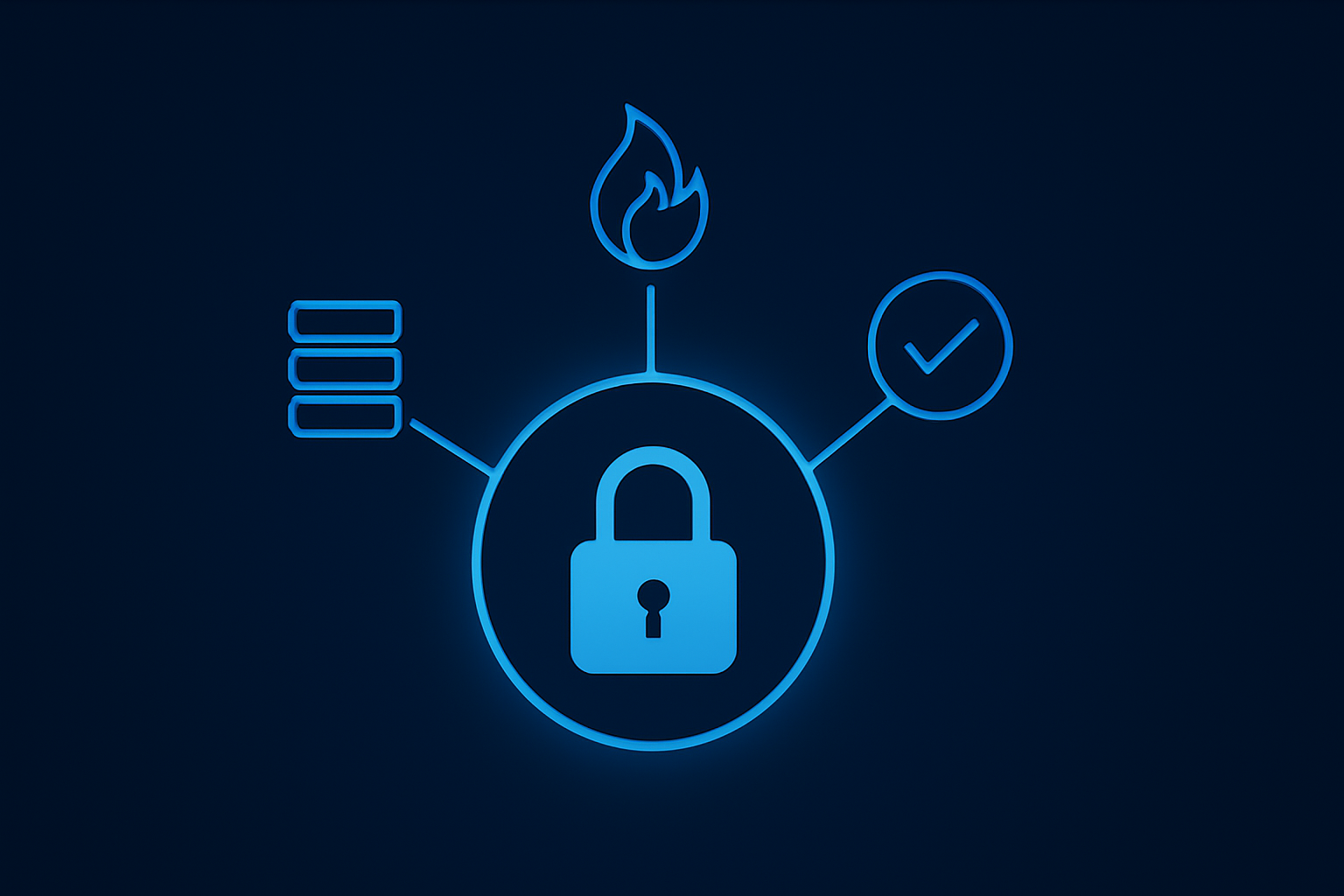In today’s hyper-connected digital world, cyber attacks have become more frequent, complex, and damaging. Organizations must move beyond traditional security approaches—and that’s where Threat Intelligence (TI) plays a critical role.
At its core, Threat Intelligence is analyzed data that provides insight into threats—past, present, and future—so you can make informed cybersecurity decisions.
🧠 Key Types of Threat Intelligence
- Strategic Threat Intelligence
High-level information used by executives to plan defense strategies. - Tactical Threat Intelligence
Insights into specific techniques used by attackers, such as phishing or malware. - Operational Threat Intelligence
Focuses on active attacks—timing, nature, and indicators of compromise (IOCs). - Technical Threat Intelligence
Very detailed data like hash values, IP addresses, and domains used in attacks.
💡 Why Threat Intelligence Is Important
- Helps security teams proactively detect threats
- Supports patch prioritization and vulnerability management
- Improves incident response time
- Enables collaboration across the cybersecurity ecosystem
🧠 Example: A company uses AlienVault OTX to detect an IP address that’s part of a known botnet. With this intel, they block it before an attack can occur.
🔗 Internal Link Example:
Want to see how real vulnerabilities are exploited? Check out our Log4Shell Explainer Blog.
🛠 Popular Threat Intelligence Tools
Here are some free and paid tools trusted by infosec professionals:
- MISP – An open-source threat intelligence sharing platform
- AlienVault OTX – Great for real-time indicators of compromise
- IBM X-Force Exchange – Threat data from across industries
- ThreatFox by Abuse.ch – Free feed of known malware indicators
- Recorded Future – Premium TI with rich context and automation
🧩 Integrating TI with Security Operations
Most SOCs (Security Operations Centers) now integrate TI feeds directly into their SIEM tools like Wazuh, Splunk, or ELK Stack. This helps in:
- Detecting new attack patterns
- Enhancing correlation rules
- Automating alerts and response
Want to know more about Wazuh? Check out our intro to Wazuh blog.
🚀 Getting Started with Threat Intelligence
Even if you’re a beginner, you can:
- Follow threat feeds from Abuse.ch and AlienVault
- Monitor forums like Reddit’s /r/netsec or Twitter for threat reports
- Use tools like Shodan, Censys, or VirusTotal to investigate domains and IPs
- Participate in CTI platforms like MISP
🔒 Final Thoughts
Threat Intelligence isn’t a buzzword—it’s a game-changer. Whether you’re part of a SOC or learning independently, the ability to predict and prevent cyber attacks gives you a significant edge.
In cybersecurity, knowledge isn’t just power—it’s protection.











